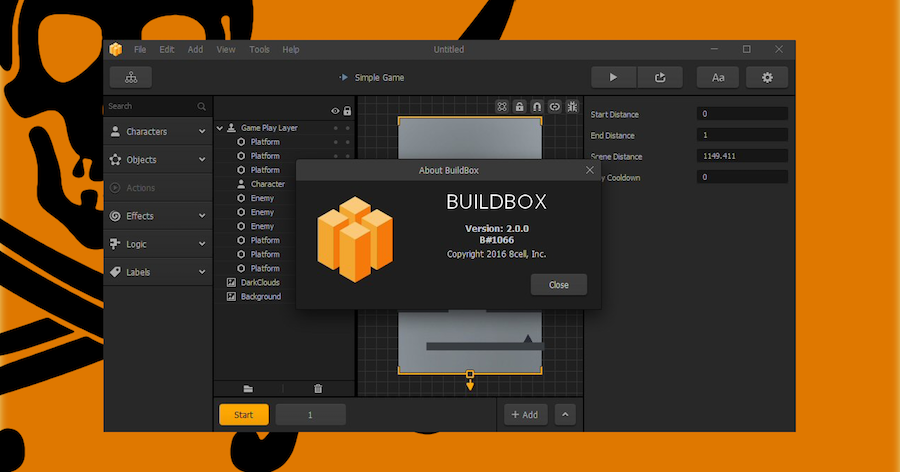
In Time Zone, select the standard time zone appropriate for the location of the site collection. In Template Selection, in the Select a template section, choose Publishing > Publishing Portal, or Enterprise > Publishing Portal depending on your version of SharePoint. You can enable the SharePoint multiple language interface on your sites, but the primary language for the site collection will remain the same. It is important to select the appropriate language for the site collection because once it’s chosen, it cannot be changed. In Template Selection, in the Select a language dropdown, choose a language for the site collection. In the Title box, type a title for the site collection.įor Web Site Address, select a domain name and a URL path (for example, /sites/) from the list, and then type a URL name for your publishing portal site collection. In the New Site Collection dialog box, enter the following information: You can prevent your published Storybook from appearing in search engine results by including a noindex meta tag, which you can do by adding the following to the manager-head.Note: Alternatively, you can choose Admin centers > SharePoint then New. You can provide a description for search engines to display in the results listing, by adding the following to the manager-head.html file in your config directory: Preventing your Storybook from being crawled You can modify the "Storybook" portion by adding the following to the main.js file in your config directory: Description By default, it looks something like "Components / Button - Primary ⋅ Storybook". ) for you automatically, to include the currently-viewed component and story.

Storybook will generate the document title (i.e. If your Storybook is publically viewable, you may wish to configure how it is represented in search engine result pages. This level of service can serve published Storybooks but has no further integration with Storybook’s APIs.Įxamples: Netlify, S3 Search engine optimization (SEO) Support for /metadata.json and the releases field.Versioned endpoints, URLs that resolve to different published Storybooks depending on a version=x.y.z query parameter (where x.y.z is the released version of the package).This level of service serves published Storybooks and makes the following available: We categorize services via compliance with the "Component Publishing Protocol" (CPP) with various levels of support in Storybook. This enables features such as Composition. Storybook can communicate with services that host built Storybooks online. Learn about the Component Publishing Protocol (CPP) to see what. Your hosting provider may not be capable of supporting these features. We maintain storybook-deployer, a handy tool to help you publish to AWS or GitHub pages.īut features like Composition, embed, history, and versioning require tighter integration with Storybook APIs and secure authentication. You can publish the static Storybook web app to many hosts. That's useful during implementation review for comparing components between branches/commits to past versions. When you publish Storybook, you also get component history and versioning down to the commit. That makes it easy to identify what changed and give feedback. If you publish your Storybook to Chromatic, you can use the UI Review feature to automatically scan your PRs for new and updated stories. Publishing Storybook as part of the development process makes it quick and easy to gather team feedback.Ī common method to ask for review is to paste a link to the published Storybook in a pull request or Slack. Now whenever you open a PR you’ll get a handy link to your published Storybook in your PR checks.

Congratulations, you've successfully automated publishing your Storybook.
Buildbox publishing how to#
Read the official documentation to learn how to configure them.Ĭommit and push the file.
Buildbox publishing code#
💡 Secrets are secure environment variables provided by GitHub so that you don't need to hard code your project-token.


 0 kommentar(er)
0 kommentar(er)
